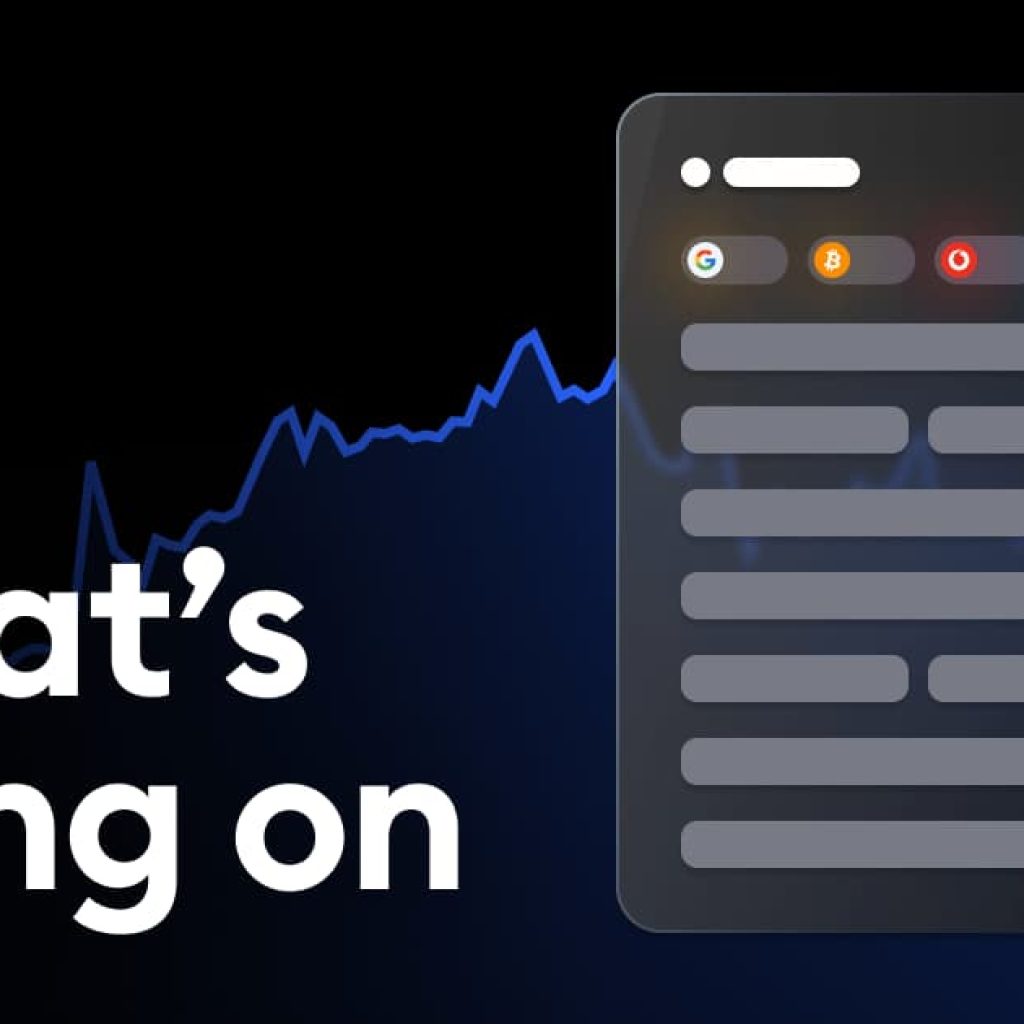The U.S. economic landscape is experiencing a shift as the anticipated decrease in inflation looms, with the possibility of prompting the Federal Reserve to halt its interest rate hikes.
Set against a backdrop of only marginal easing in April, this downward inflation trend could create compelling grounds for the Federal Reserve to hit the pause button on interest rate increments come June.
Shifting U.S. inflation trends
The Bureau of Labor Statistics is predicted to deliver an encouraging report showing that inflation was 4.1% year-on-year in May, a considerable reduction from April’s 4.9% and the 5% observed in March.
The expected decrease in the Consumer Price Index could add more weight to the Federal Reserve’s inclination to suspend its systematic campaign to increase interest rates.
The plunge in the headline rate is believed to be fueled by diminishing energy prices, as observed by Bank of America analysts, who cite data from the American Automobile Association. This data reveals a 2.1% month-on-month reduction in average regular petrol prices.
The spotlight is also on the core CPI, which excludes the often fluctuating food and energy sectors. It is predicted to register at 5.2% year on year, a modest decline from the previous month’s rate of 5.5%. The analysts attribute this high core price rate to the used car market.
With the Federal Reserve’s June rate-setting meeting just around the corner, the released data will play a pivotal role in deciding the future monetary policy.
This is because the Federal Reserve has been caught in a strategic tightrope walk of increasing interest rates amidst an inflation surge. With the U.S. economy facing the impacts of the pandemic, the delicate balance between sustaining economic recovery and curbing inflation has never been more crucial.
Effects on the global economy
The ripple effects of the U.S. inflation rate extend far beyond its borders. The Eurozone, for instance, is grappling with a slightly contracting economy and falling inflation, yet economists predict a quarter percentage point increase in interest rates by the European Central Bank.
Analysts will be closely monitoring statements from the bank’s president, Christine Lagarde, for indications of future rate movements.
The U.K., too, is not immune from these effects. Expected wage growth acceleration, fueled by a rise in the minimum wage and April’s economic rebound, could foster increased interest rate expectations.
A stronger than anticipated GDP rise could strengthen the belief that the economy can weather additional interest rate hikes.
The U.S.’ expected inflation slowdown could force the Federal Reserve to pause its incremental interest rate strategy. The unfolding economic narrative of the U.S., given its prominent role in the global economy, will undeniably have far-reaching implications.
Economists, investors, and policy-makers worldwide will be watching keenly as the drama unfolds. The Federal Reserve’s next move could set the stage for global economic trends in the foreseeable future, demonstrating once again the significant influence of the U.S. on the global financial stage.





